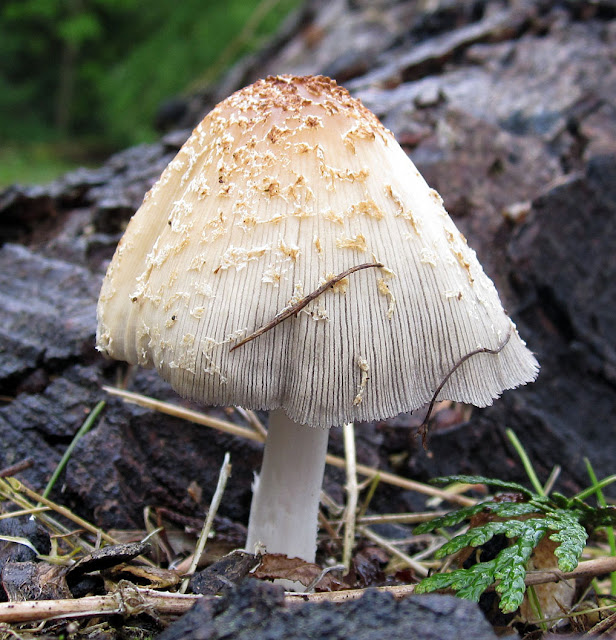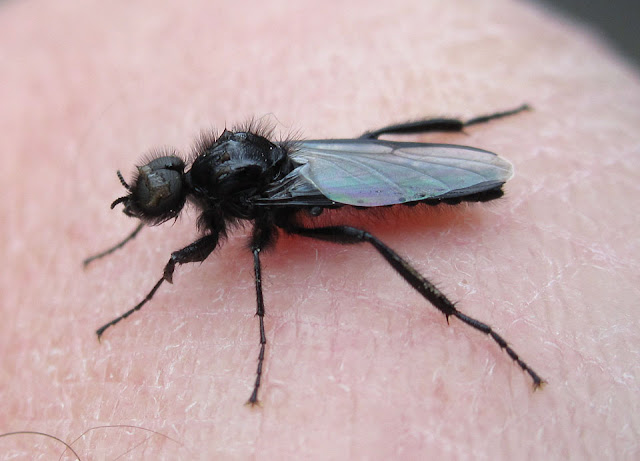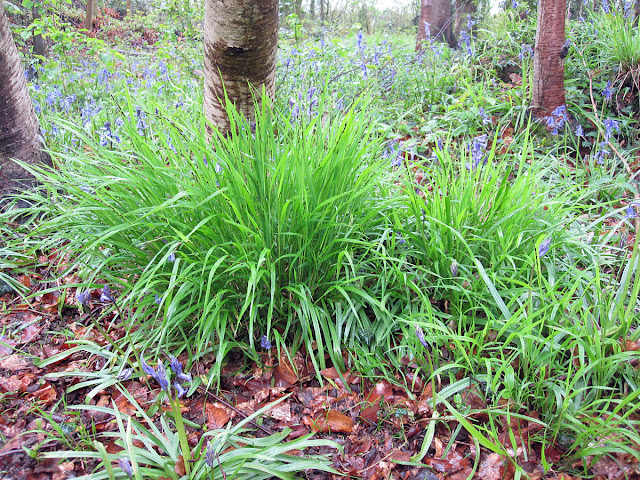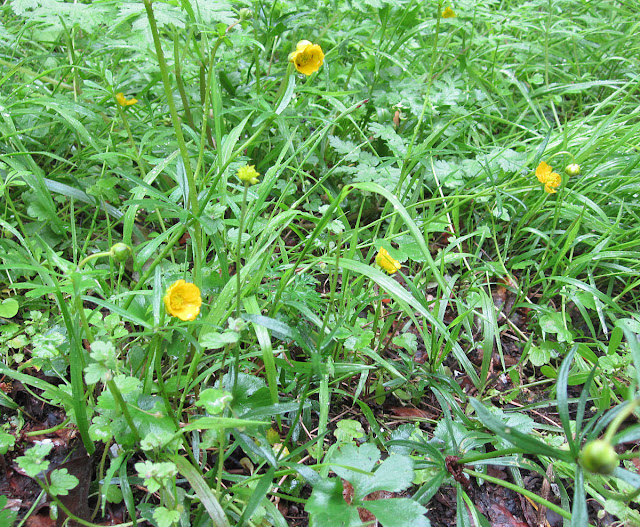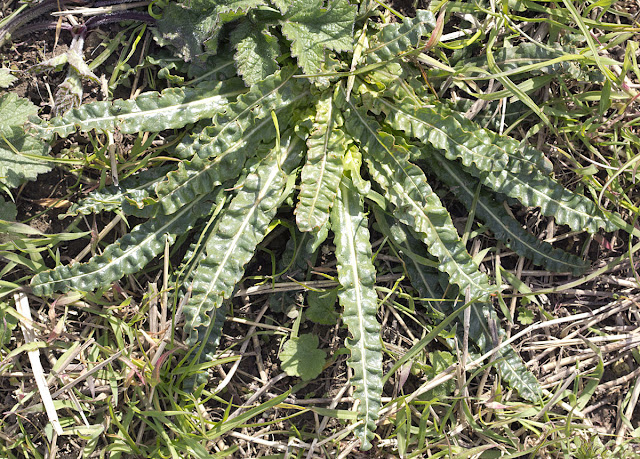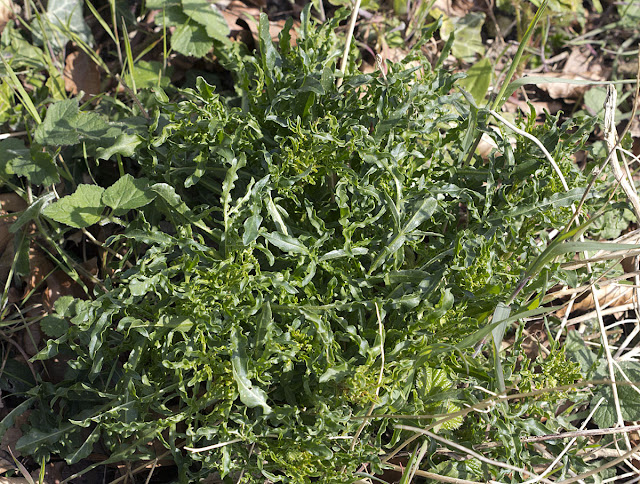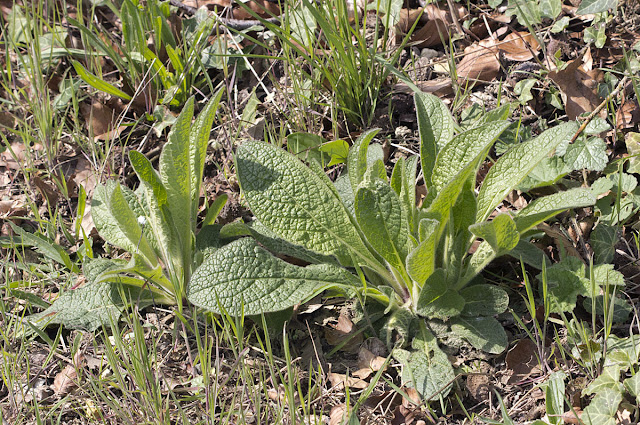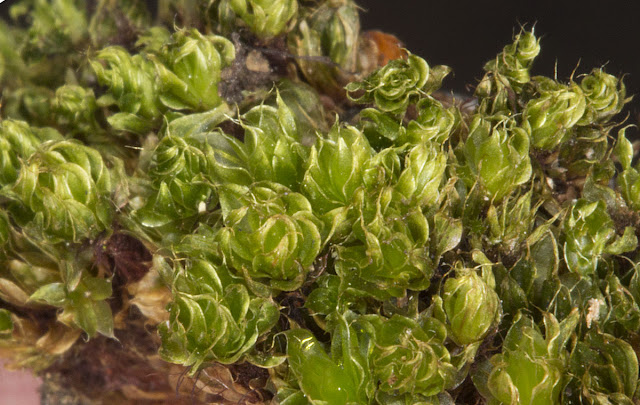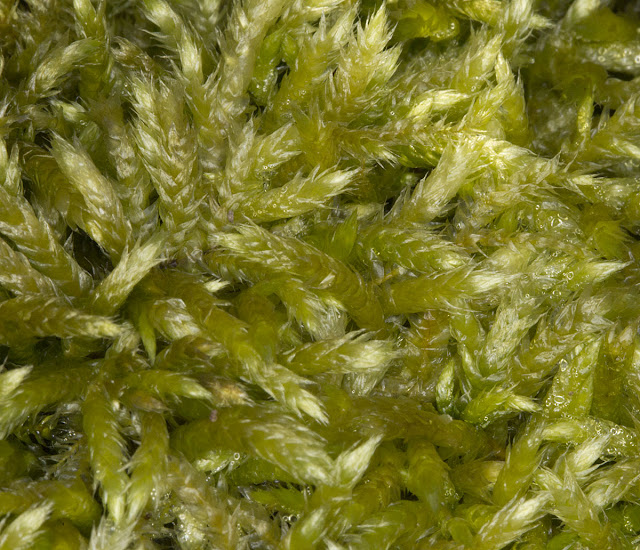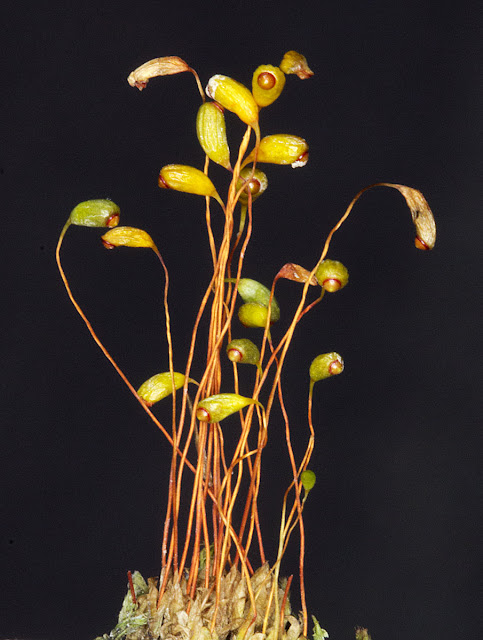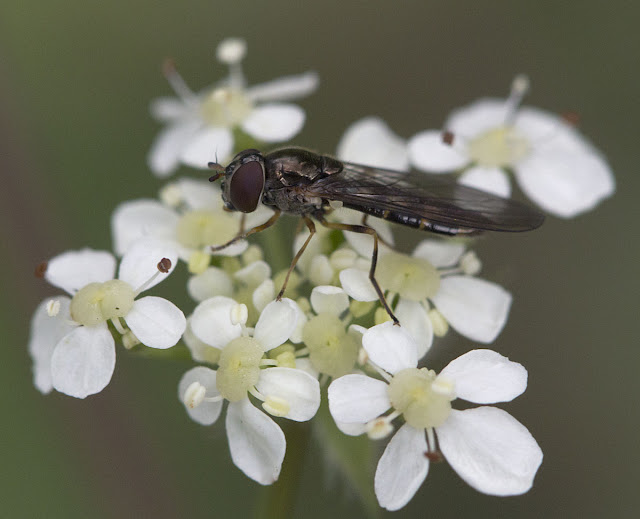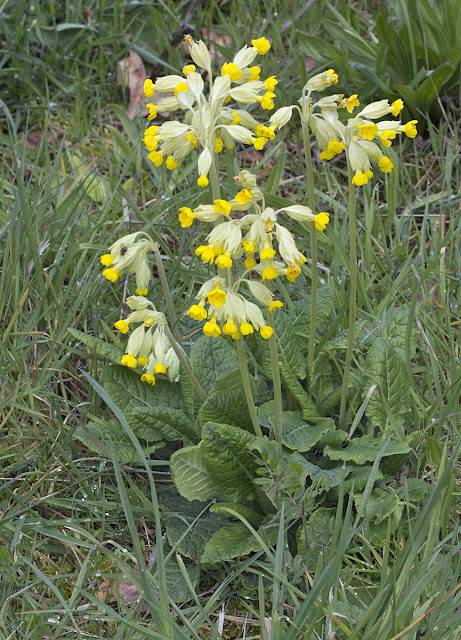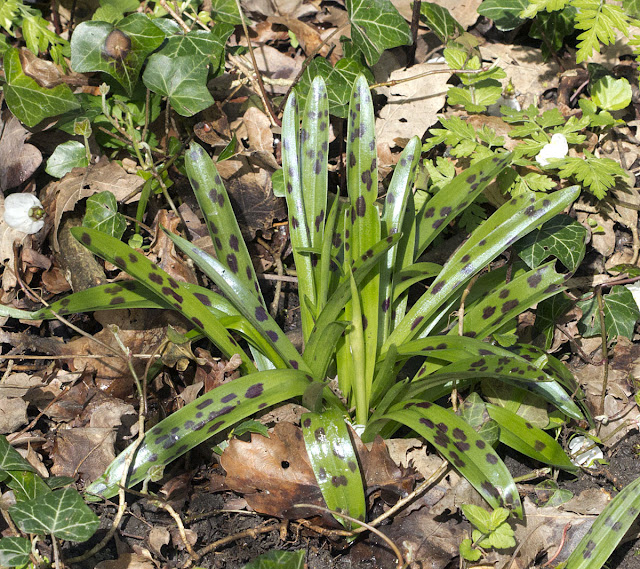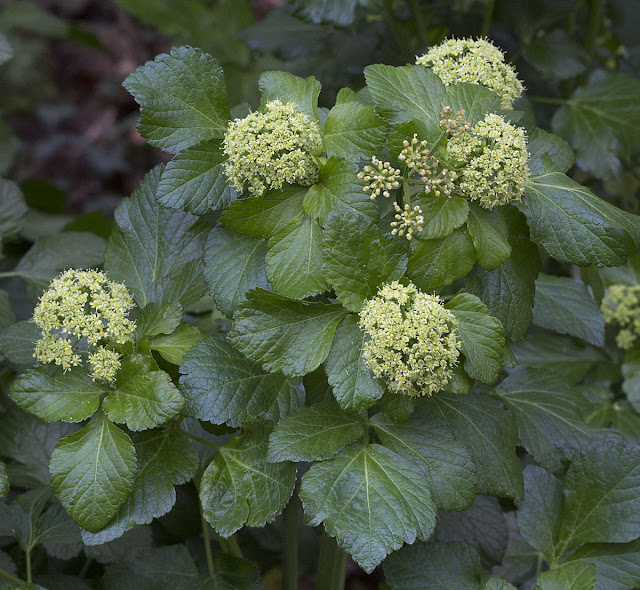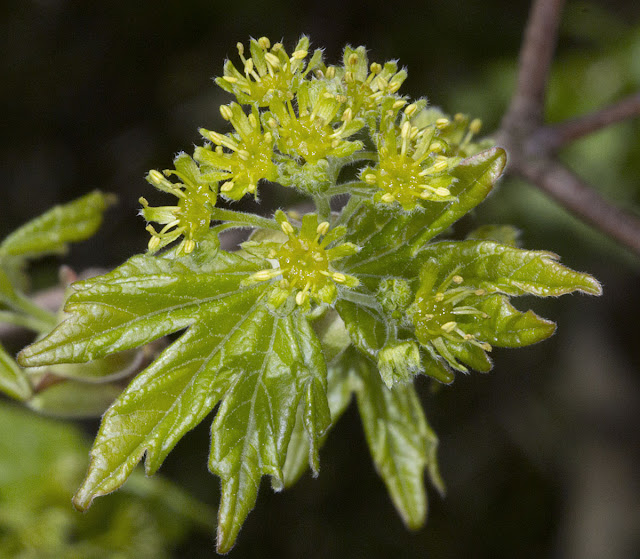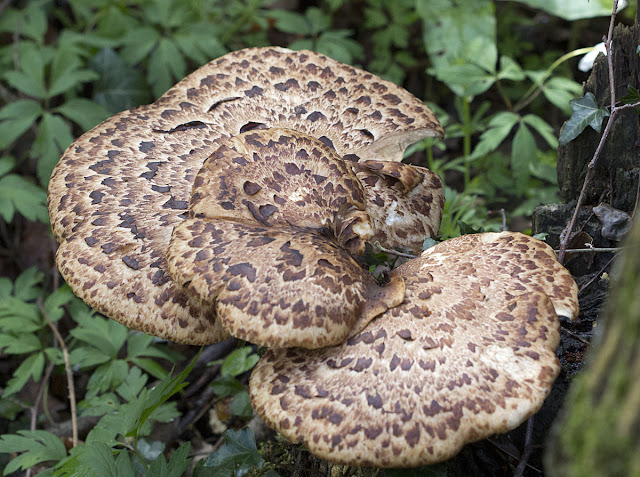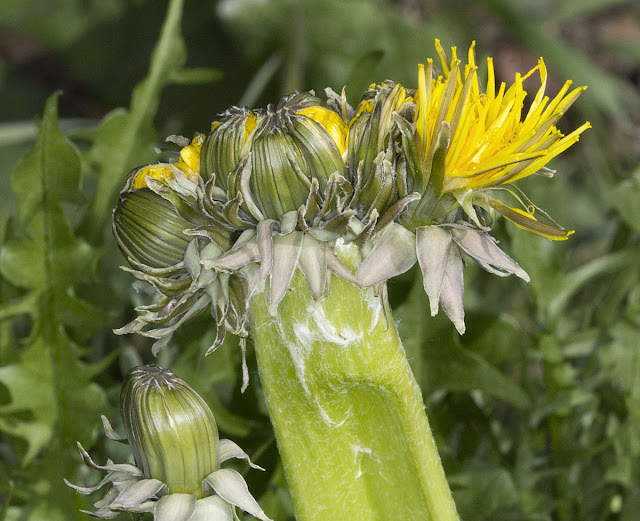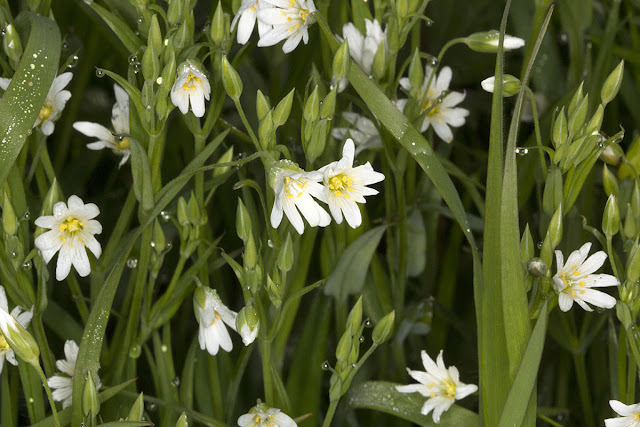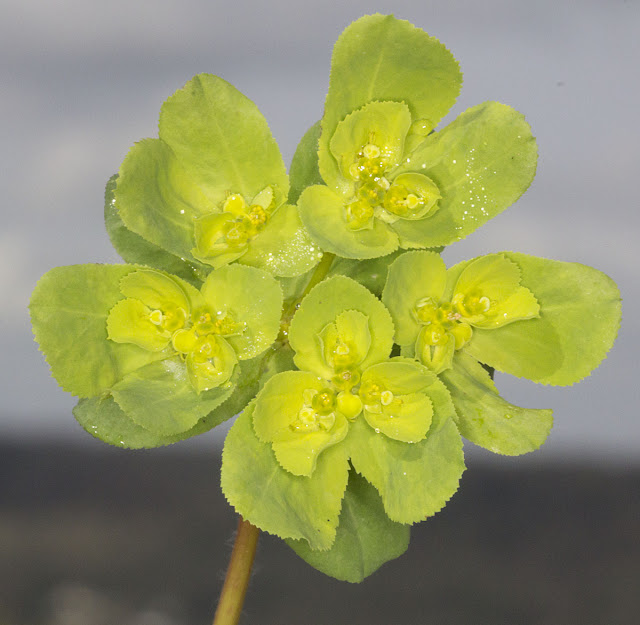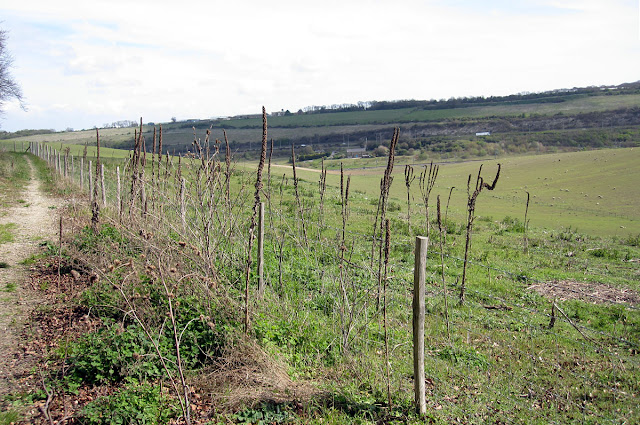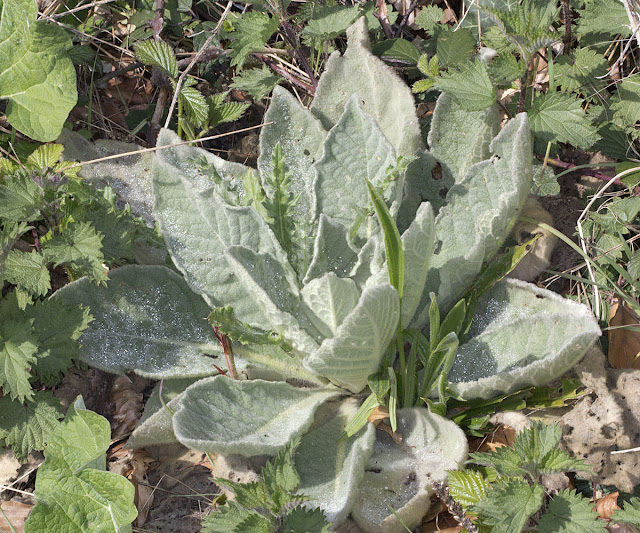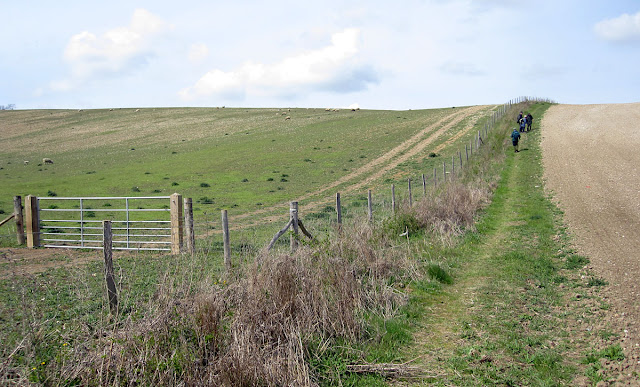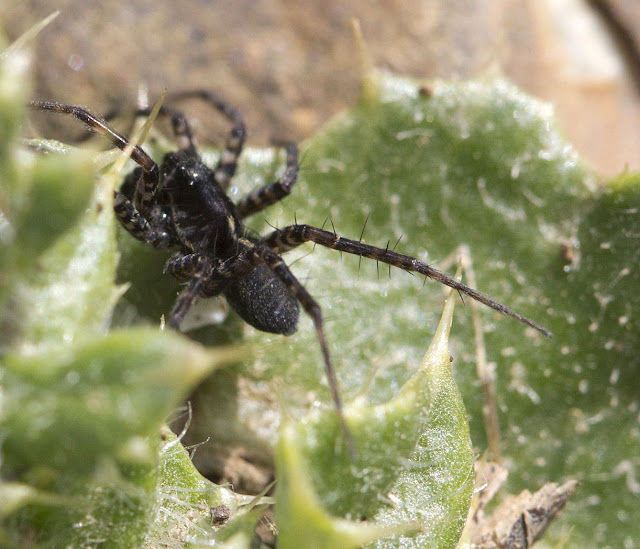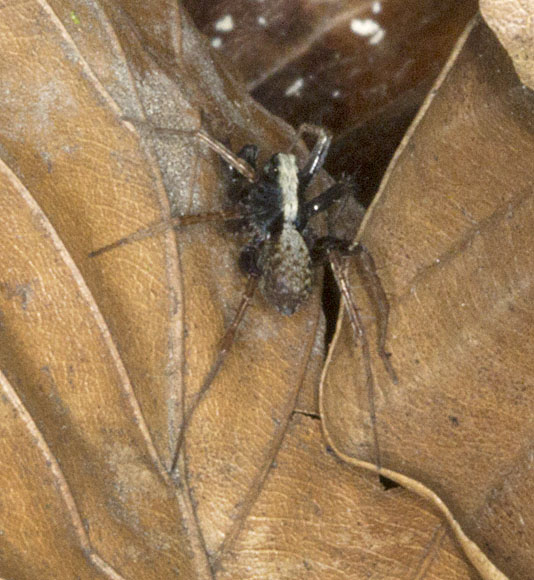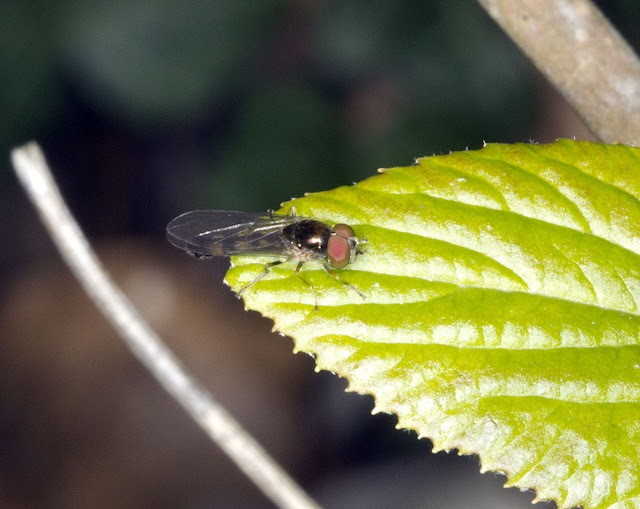 |
| Kestrel hovering by Nashenden Down Nature Reserve, 14 April 2012. |
I was expecting another overcast and drizzly field trip, but this time we had lots of sun! Though it was cold. I took my SLR this time. This Nature Reserve has a very rich flora and I was able to take lots of interesting photos. Because it is still early in the year, many of them are of immature plants; for example, leaf rosettes without any flower heads. This is excellent learning material, because of course the flowers are only there for part of the year.
The Reserve is close to the River Medway, near the towns of Rochester and Strood, and is right next to the M2 and the High Speed Rail Link. So it is never quiet, but on Saturday we were the only people there.
Right on the lane where we parked were some Coltsfoots, a nice little plant that I used to see a lot in County Durham but which I see very rarely down here.
 |
| Coltsfoot, Tussilago farfara. Nashenden Farm Lane, 14 April 2012. |
The flower is about the same colour as a Dandelion, but the florets are packed more densely and the stem is scaly. The flowers come up before the leaves, and among the grass I could see some of each, but never together.
 |
| Coltsfoot, Tussilago farfara. Nashenden Farm Lane, 14 April 2012. |
The leaves come up covered with a whitish down, and as the leaf grows and the down stretches it takes on the appearance of a mesh. It rubs off easily, and I have rubbed it off part of this leaf, exposing the shiny new leaf surface below. I used to love doing this as a child.
The path goes round the field that forms the main part of the reserve, following a hedgerow to begin with. Part of the path is on the far side of the hedgerow from the main reserve, next to agricultural land. Here are some of the group in a huddle discussing the small plant to their left.
 |
| The group in a huddle next to a Charlock, Sinapis arvensis. Nashenden Down Nature Reserve, 14 April 2012. |
It's a common weed of turnips and related crops. The spread of yellow-flowered plants is a field of Oilseed Rape, Brassica rapus. This crop produces rapeseed oil in the UK, and canola oil in America. (The name Rape is derived from the Latin for turnip.) Here is the Charlock flower:
 |
| Flower of Charlock, Sinapis arvensis. Nashenden Down Nature Reserve, 14 April 2012. |
Next, a pleasant plant of chalky soils; Crosswort. It forms low clumps, and here it is growing vigorously by the side of the path.
 |
| Crosswort, Cruciata laevipes. Nashenden Down Nature Reserve, 14 April 2012. |
In the absence of flowers we were undecided about this, though really it is distinctively four-sided. But then one of the group came back down the path with a flowering specimen she had spotted further on.
 |
| Crosswort, Cruciata laevipes. Nashenden Down Nature Reserve, 14 April 2012. |
This is unmistakeable. It is a close relation of the Bedstraws, and there was also a young Hedge Bedstraw plant nearby.
 |
| Hedge Bedstraw, Galium album. Nashenden Down Nature Reserve, 14 April 2012. |
A much more robust plant, and more upright when mature.
Today's last flower photo is an Early Purple Orchid which was flowering in a small patch of woodland.
 |
| Early Purple Orchid, Orchis mascula. Nashenden Down Nature Reserve, 14 April 2012. |
In this post, the photo of the group, and the scene below, were taken with my Ixus 100, and the other photos were taken with my EOS 60D and 100mm macro lens.
 |
| A track over the field. Nashenden Down Nature Reserve, 14 April 2012. |

